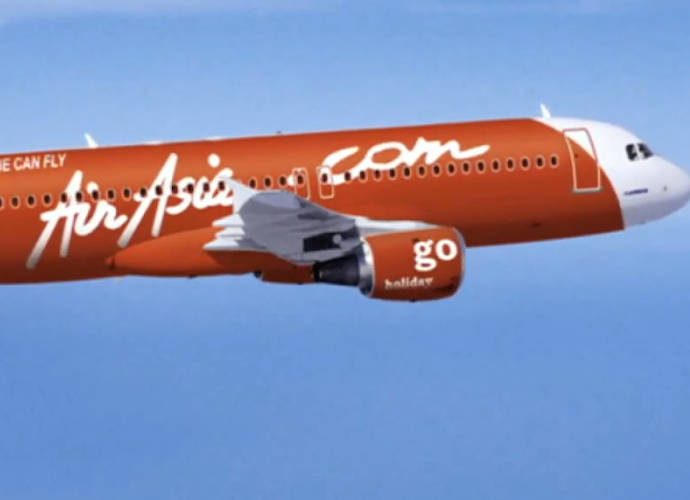AirAsia Flight QZ8501 Crash Update: Plane Climbed Too Quickly, Causing Plane To Stall
Indonesian officials now say that AirAsia Flight QZ8501 climbed too quickly while in the air, causing the plane to stall and then crash into the Java Sea.
Why AirAsia Flight QZ8501 Crashed
While divers continue searching the Java Sea for plane debris and bodies of the 162 people who died in the crash on Dec. 28, investigators have analyzed the black box and, due to the lack of any loud voices or commotion, have ruled out any terrorist activity involved in the crash.
“The voice from the cockpit does not show any sign of a terrorist attack. It is only the pilot, sounding very busy,” said Indonesian National Transportation Safety Committee investigator Andreas Hananto.
Further data recovered from the black box revealed confusion as the pilots fought to keep the aircraft in flight. Authorities have determined that the Airbus A320-200 was ascending at a speed of 6,000 ft. per minute – triple the 2,000 feet per minute norm. The quick ascent is believed to have caused the plane to stall, resulting in the plane not having enough lift to remain in the air.
“The place ascended suddenly, with a speed that was above the normal speed limit, and then it went up…Afterward, it stalled,” said Transportation Minister Ignasius Jonan on Tuesday, Jan. 20.
Based on the determined speed of the plane – 6,000 ft. per minute – CNN aviation analyst Mary Schiavo said that the volatile weather, particularly the winds, could have caused the speed of the plane to increase so dramatically. “The pilots would have had control of the plane, but may not have even realized what was occurring because of the confusing readings from the aircraft,” Schiavo said, likening the situation to a driver whose speed increases despite keeping their foot off the gas pedal.
In fact, investigators told reporters that warning alarms were going off and can be heard in the black box recordings. “The warning alarms, we can say, were screaming, while in the background they [the pilot and co-pilot] were busy trying to recover,” an investigator revealed Wednesday.
The investigators are still analyzing the black boxes they recovered, which contain the cockpit voice recordings as well as flight data, which should help determine whether human error or mechanical error contributed to the crash. A preliminary report is expected to be released in the coming week, but it’s unclear how much of that report will be made public.
Divers Still Trying To Recover Remains
Meanwhile, the efforts to retrieve the bodies of the passengers of AirAsia QZ8501 have been slowed by weather causing dangerous currents. The remains of 53 people have been recovered so far, though 6 of those are currently unidentified. Further remains are believed to be inside the fuselage, which divers have been unable to reach due to the strong underwater currents.
RELATED ARTICLES
Get the most-revealing celebrity conversations with the uInterview podcast!









Leave a comment